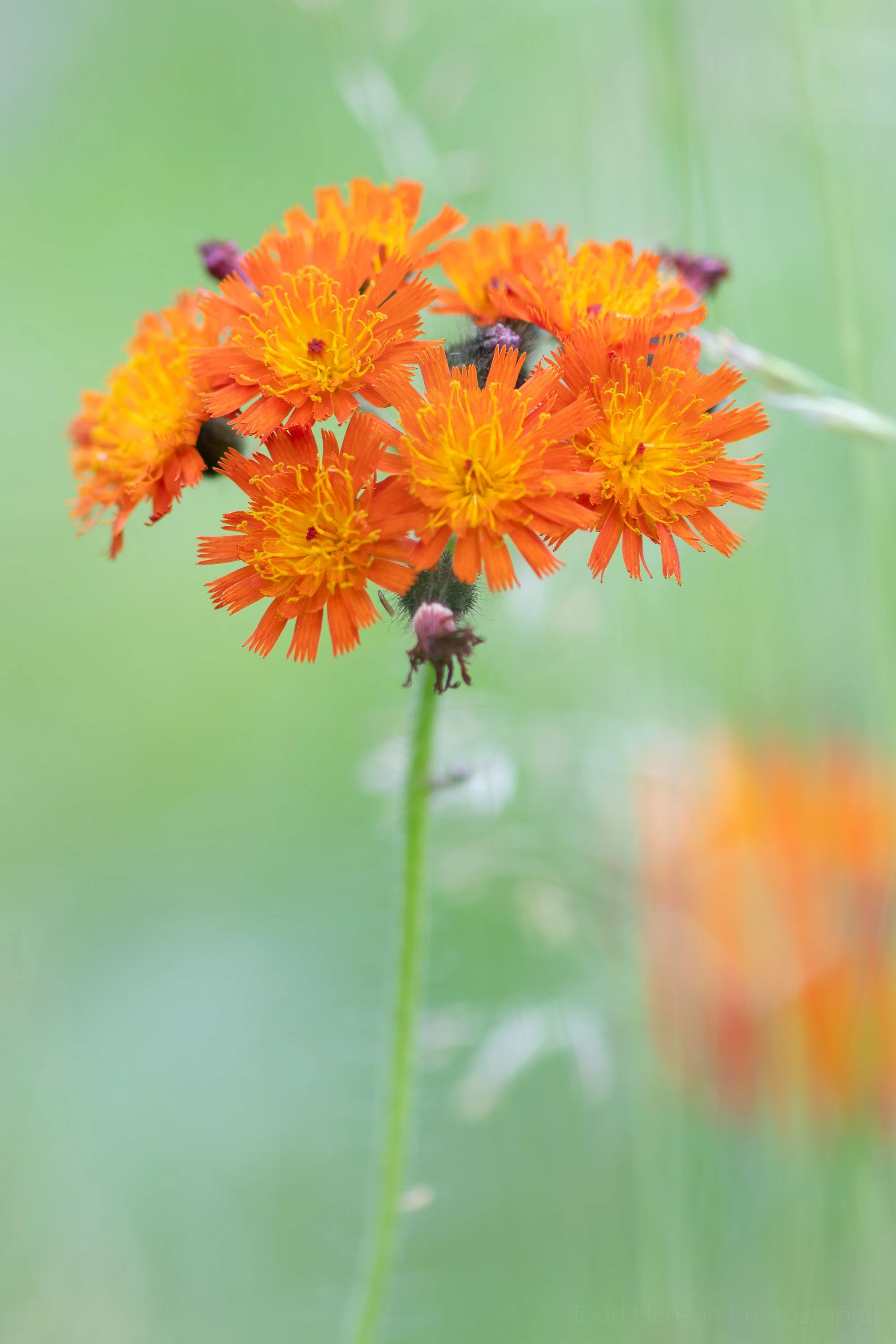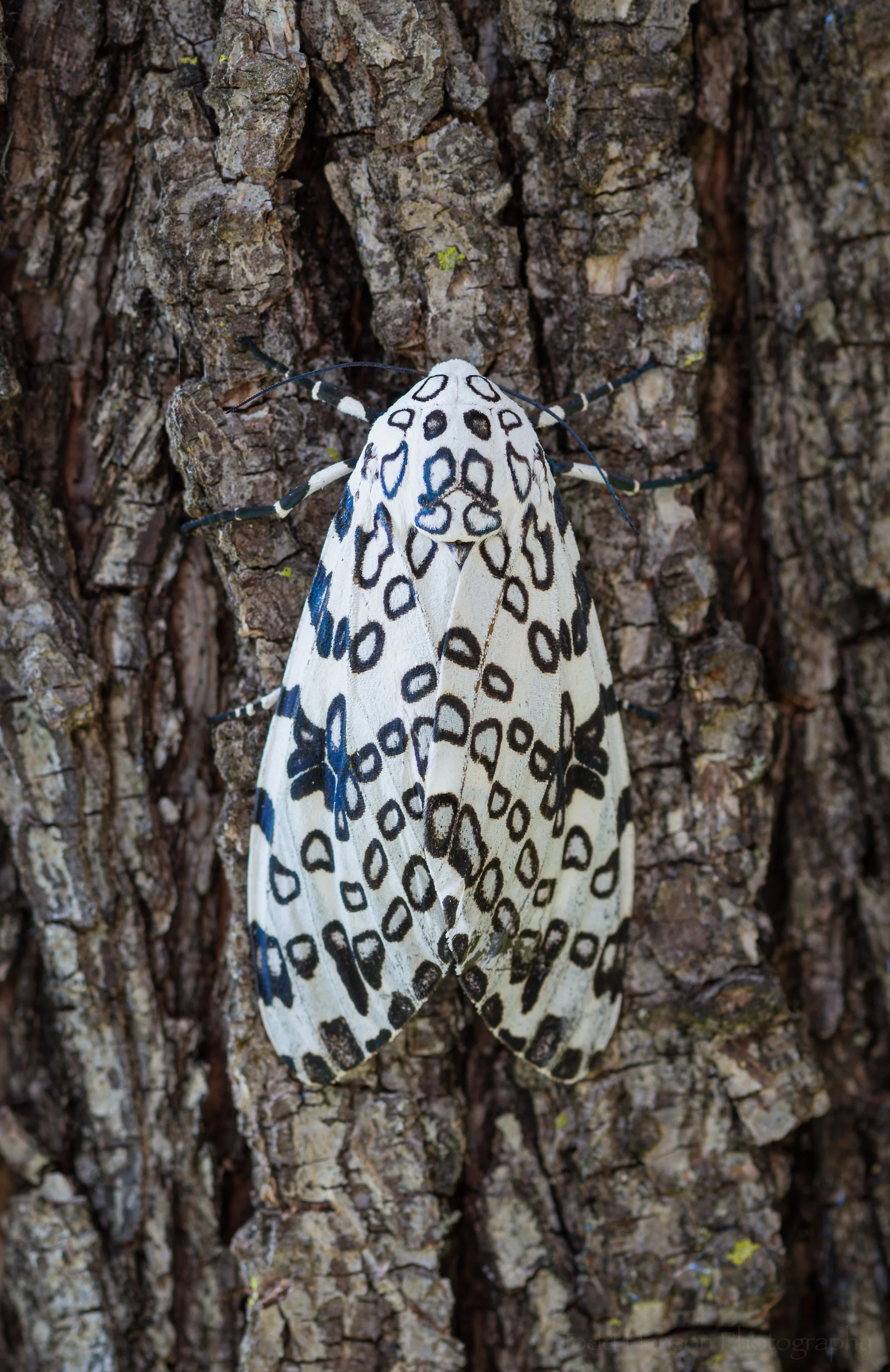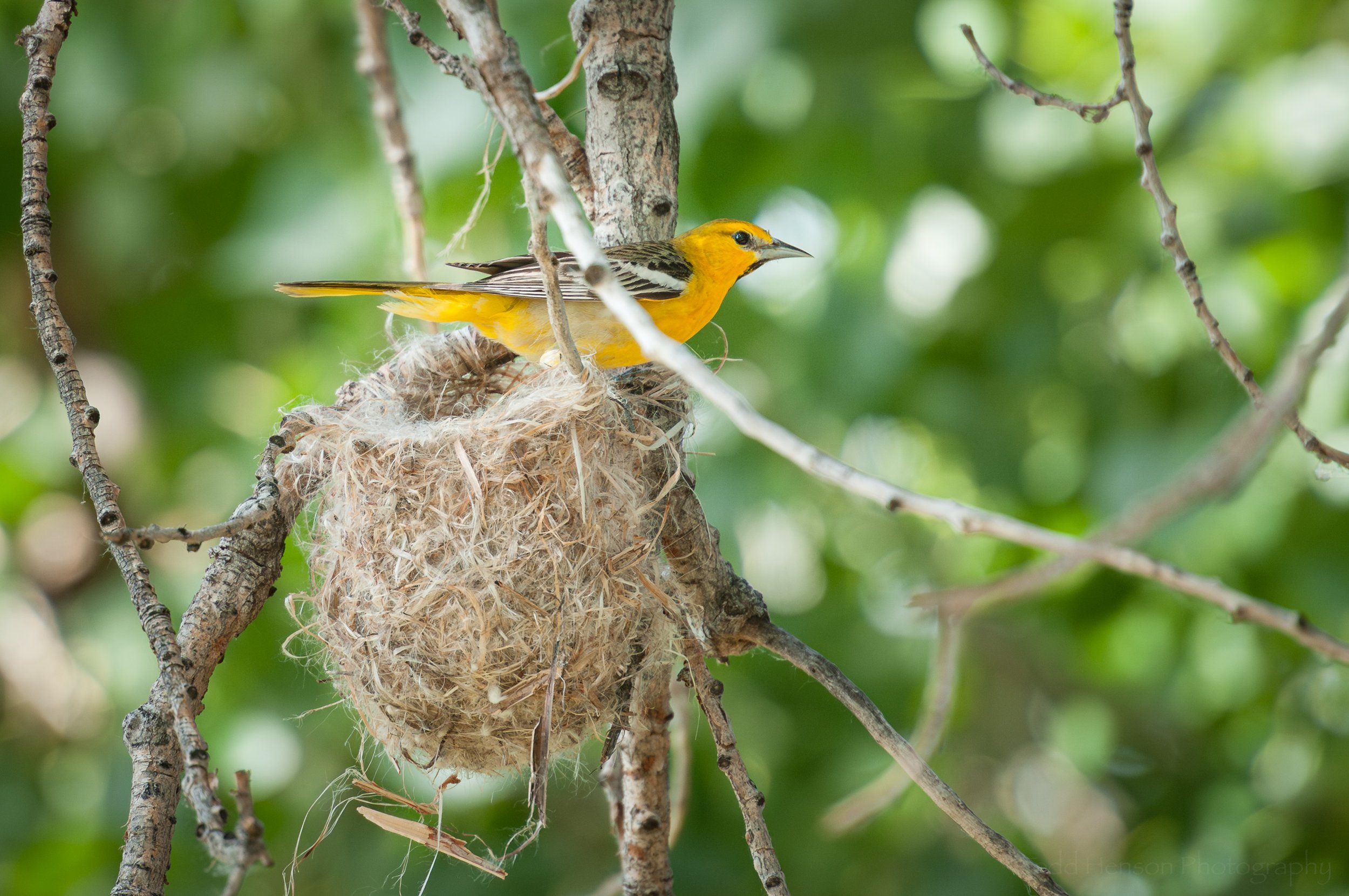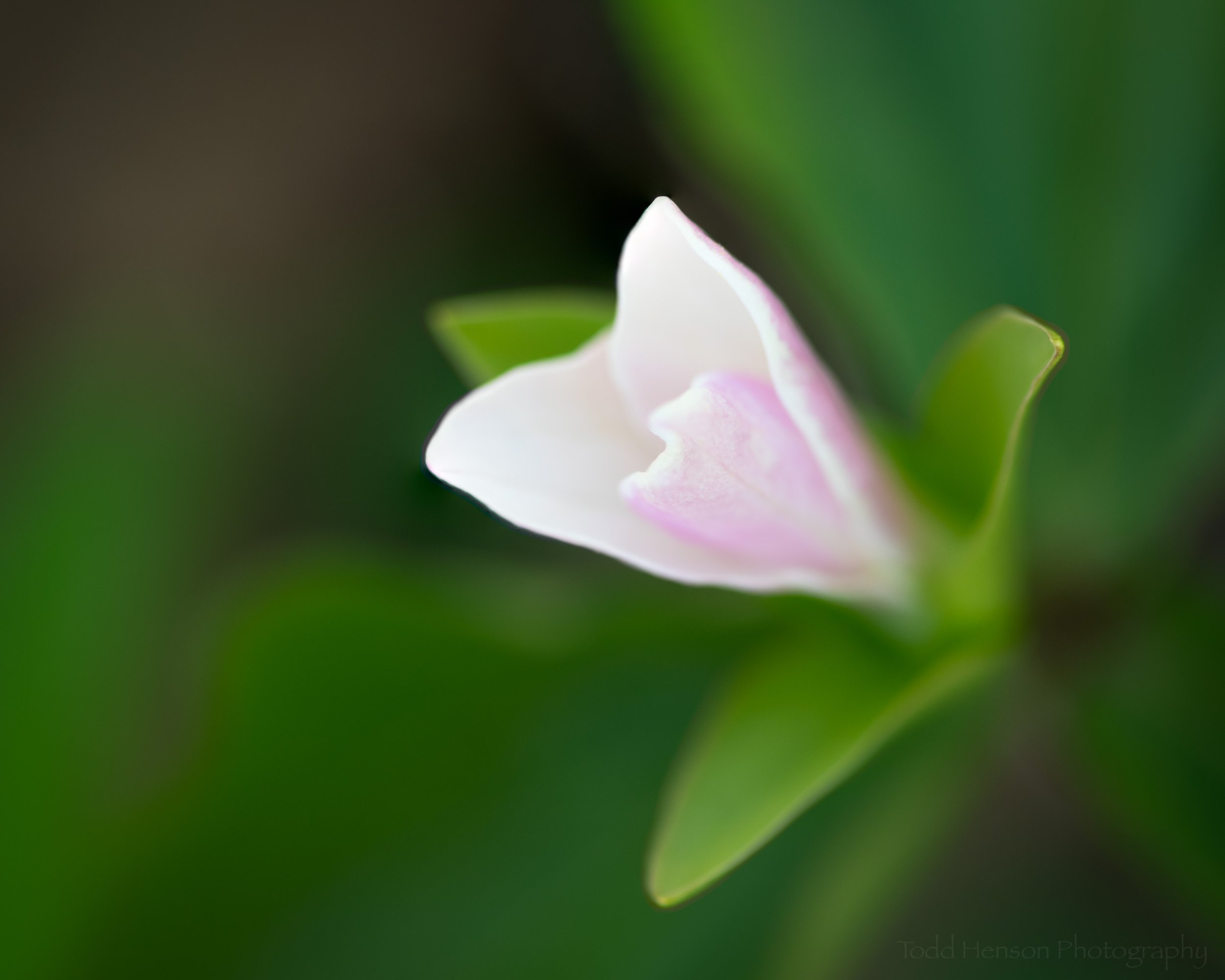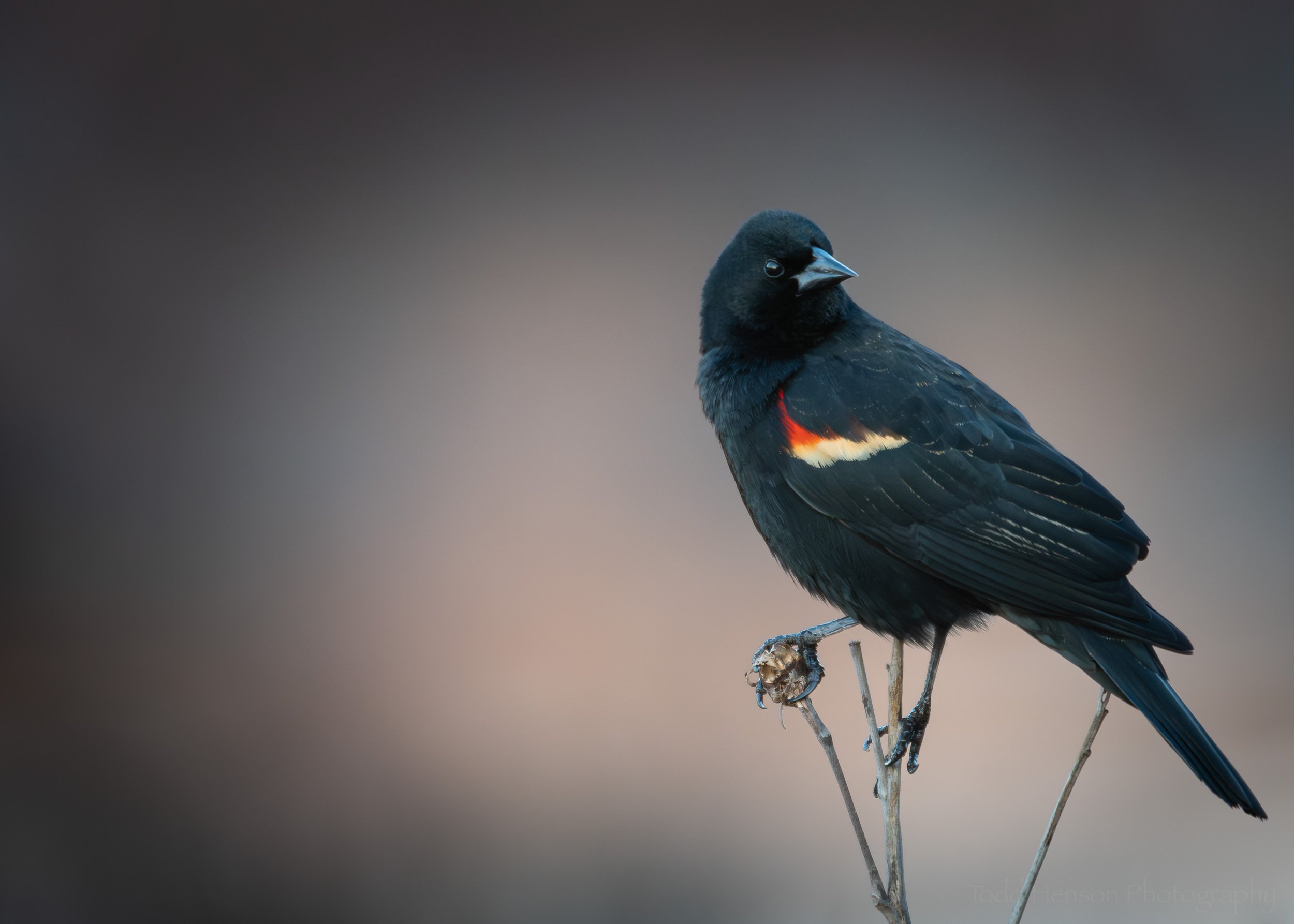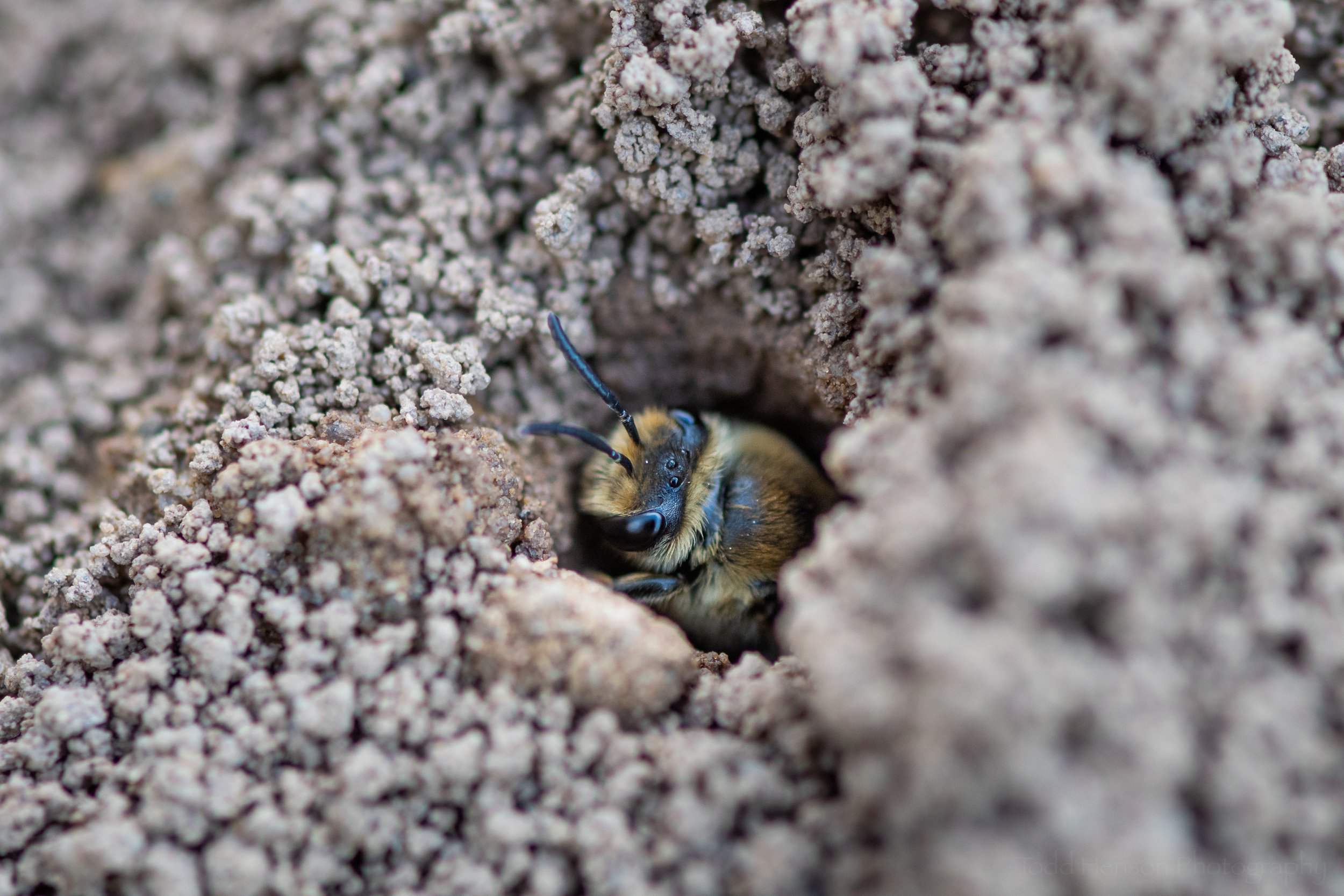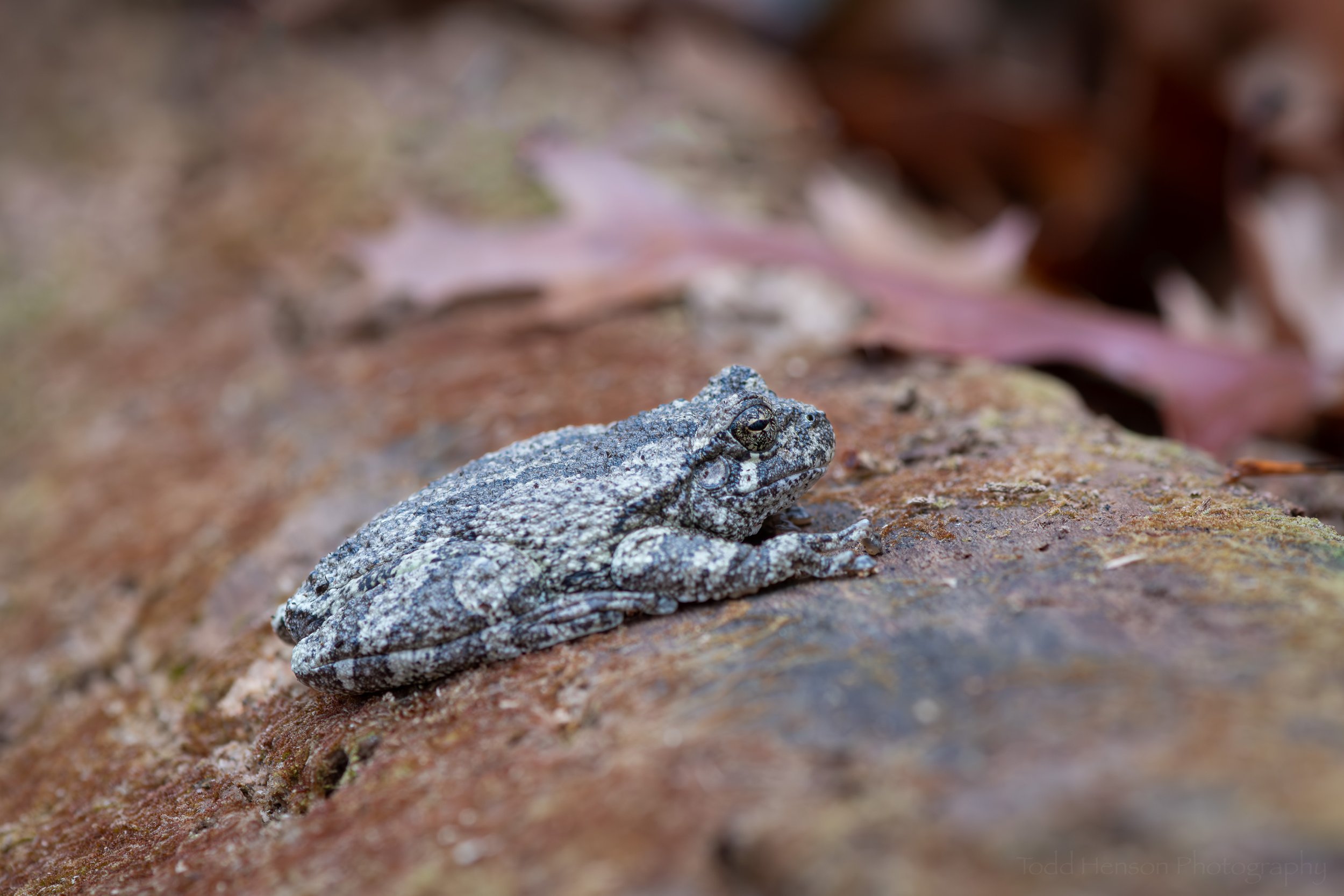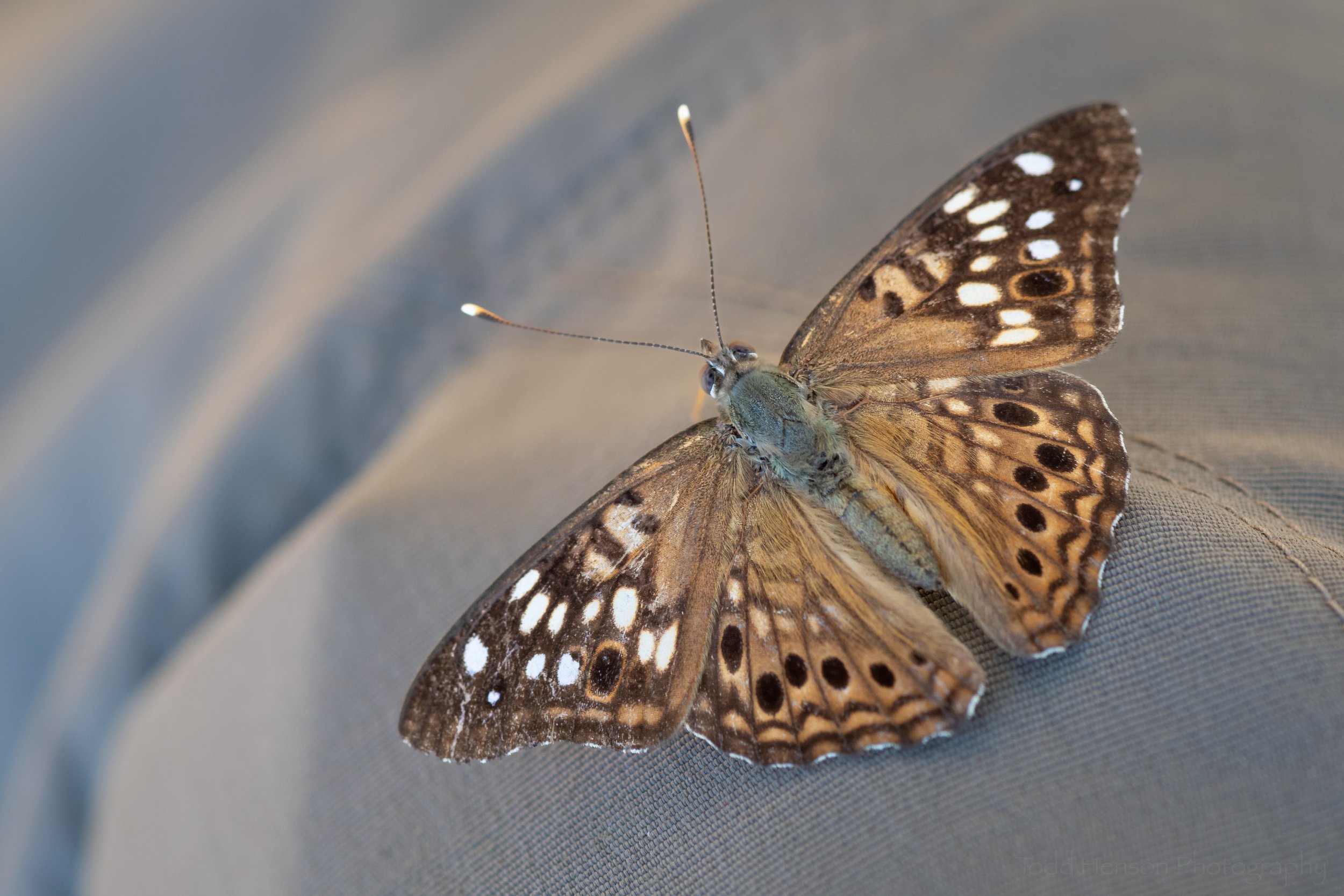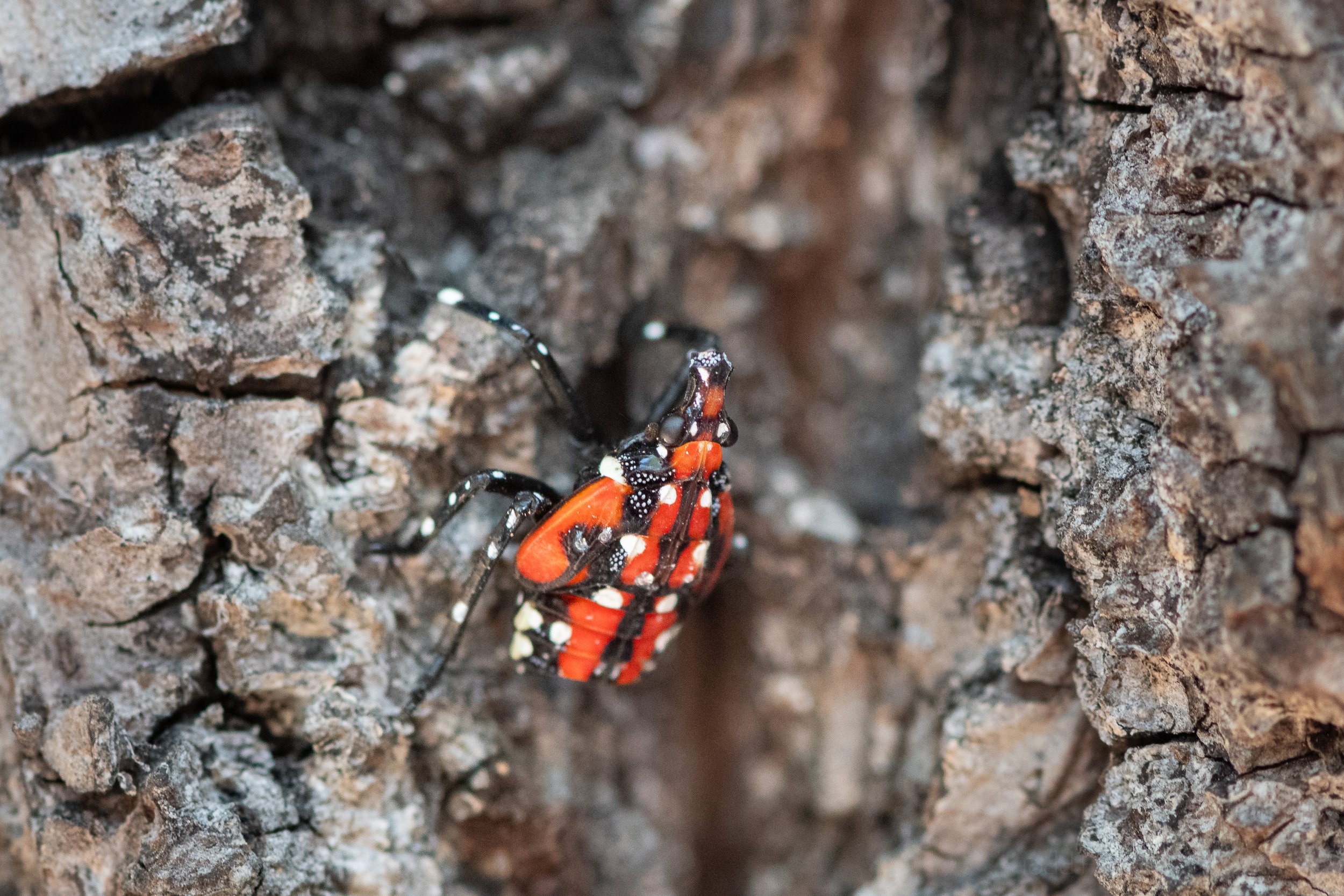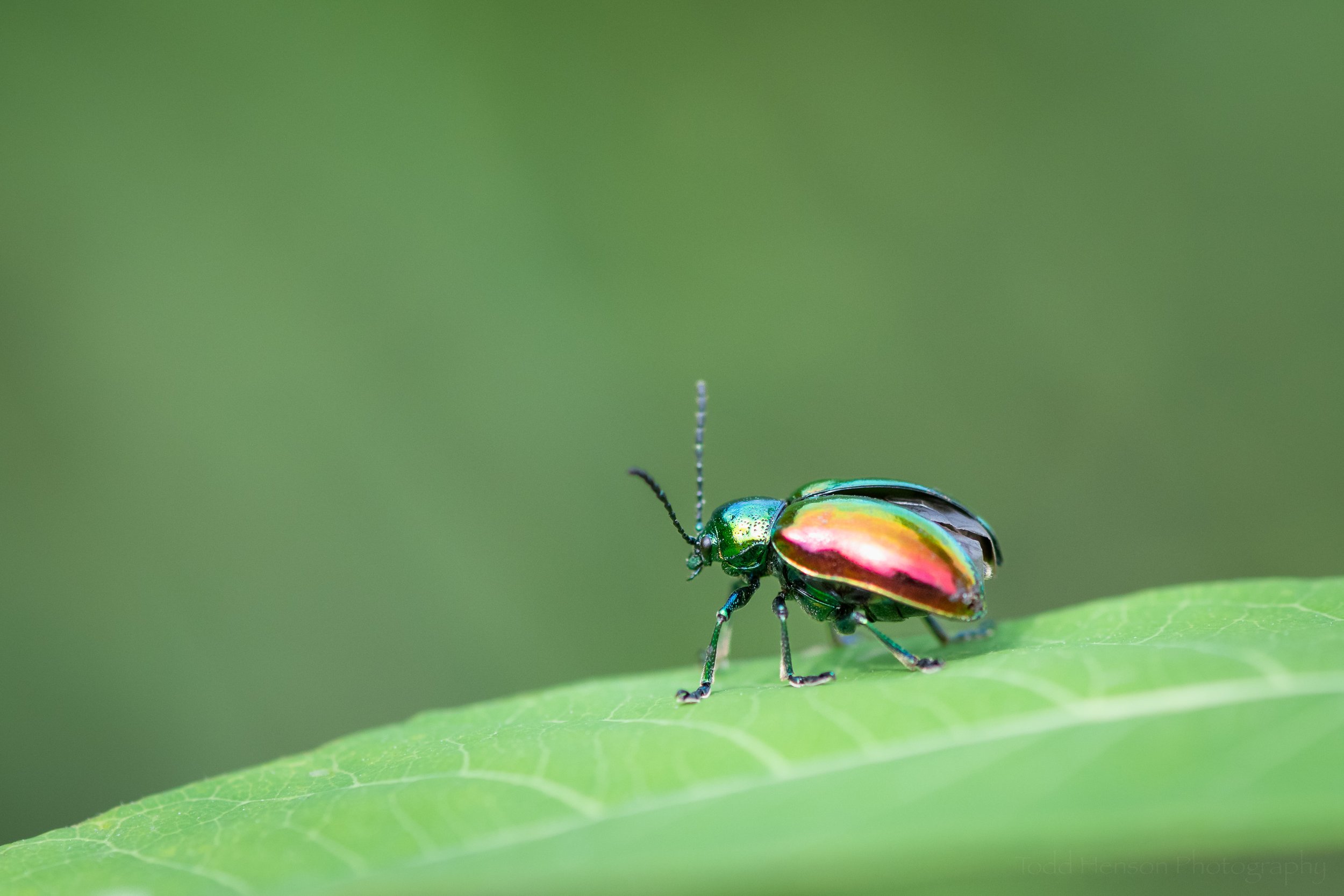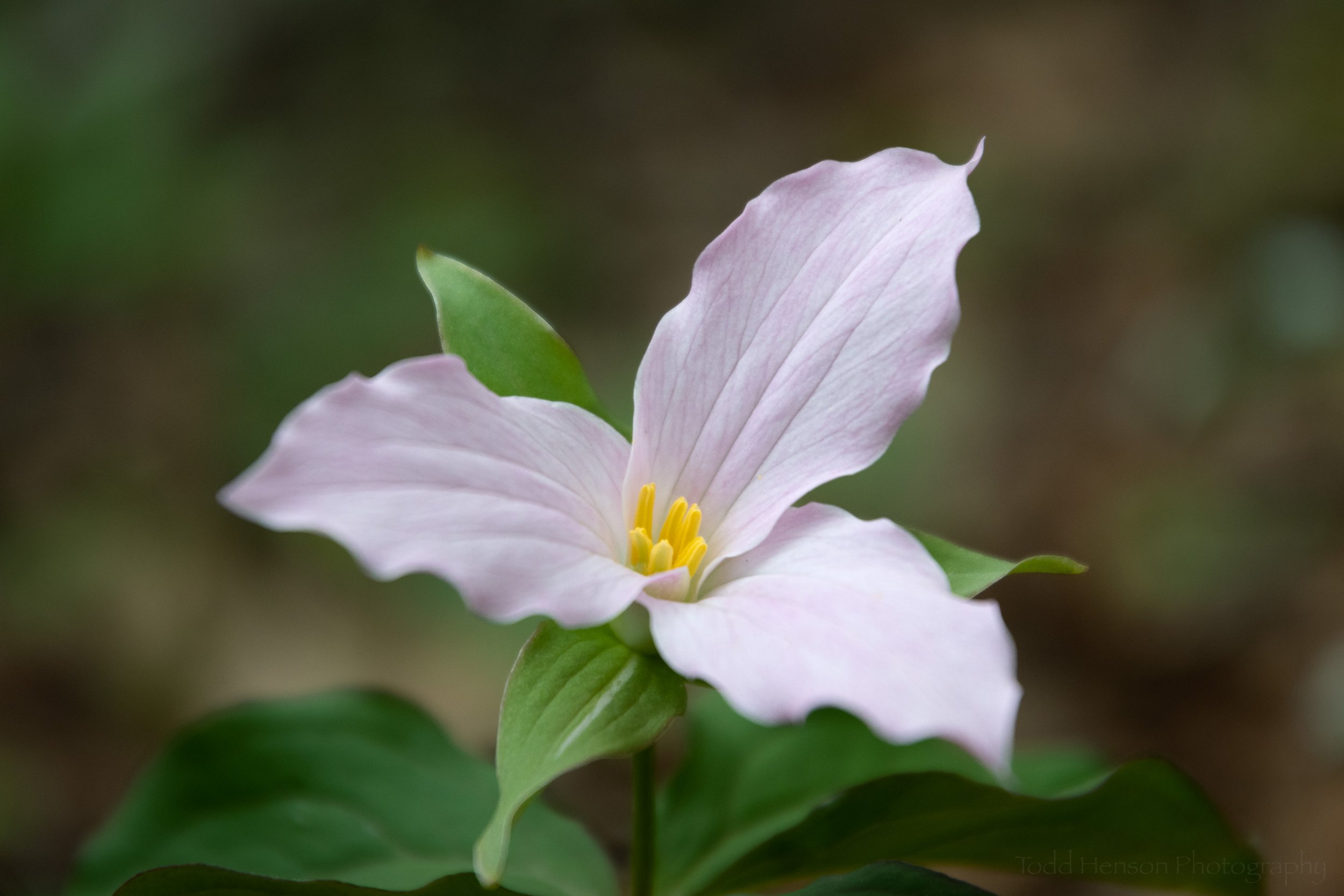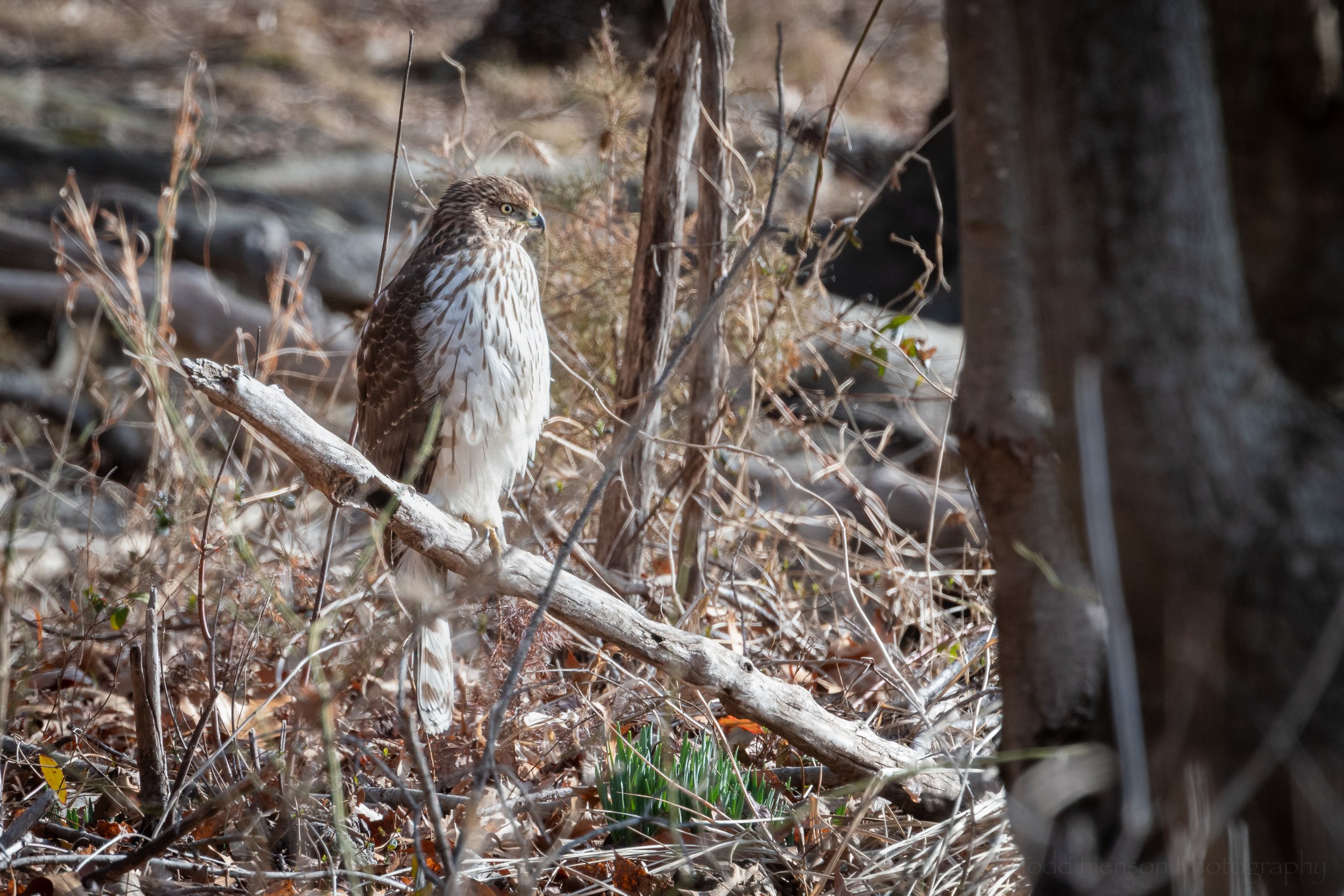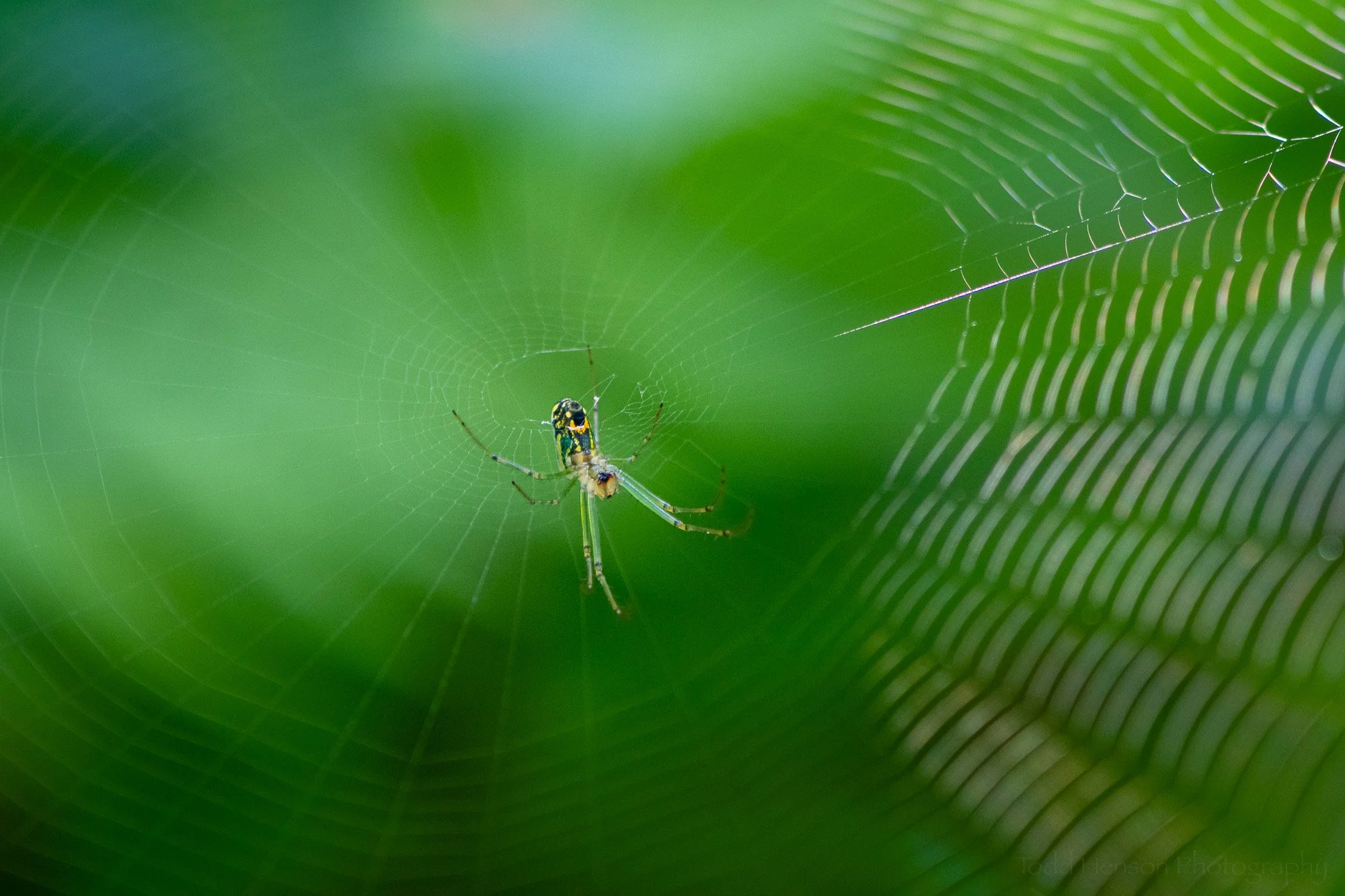An eastern tiger swallowtail caterpillar
Butterflies and moths are some of the fantastic creatures that begin their lives in very different forms, that of caterpillars. I’m not yet very good at identifying caterpillars but some of them are very distinctive, which can help. In this case we have a green caterpillar with what appears to be a large bulbous head with large yellow and black “eyes” and a yellow stripe around its neck and some blue spots around its body. Of course, a lot of this is just decoration, likely to make it appear less appetizing to any nearby predators.
Look at those “eyes” on the eastern tiger swallowtail caterpillar
I was fortunate to find this beautiful eastern tiger swallowtail caterpillar
After a bit of online searching it appeared I’d found the caterpillar for an eastern tiger swallowtail butterfly, one of the common and very beautiful species we see here in Virginia. The butterflies can be largely yellow or largely black but I’ve no clue how to tell from the caterpillar which it would become. As luck would have it, the first butterfly I photographed this year was a yellow eastern tiger swallowtail, so here’s a view of it resting on some leaves of the forest floor. We saw the butterfly in early April and the caterpillar in late May
My first view of a butterfly in 2022 happened to be a yellow eastern tiger swallowtail
When I returned to the site of the caterpillar a couple weeks later it was gone. The entire leaf was gone. I had hoped to find the leaf curled up with the chrysalis inside. I’ve read they can stay in chrysalis form for approximately 1 to 3 weeks, so it is possible I was too late. It’s also possible something happened to it. Perhaps it became a meal or a person walking along the boardwalk took it. I’m hopeful it managed the transformation to a butterfly, and I’m glad I had the opportunity to view and photograph it.
This was my first encounter with an eastern tiger swallowtail caterpillar. Have you seen any of these before?
Do you enjoy these posts?
Sign up to receive periodic emails with updates and thoughts. Don’t worry, I won’t spam you. And please consider purchasing artwork or products from my online store, and using my affiliate links in the sidebar to the right when shopping online.
I appreciate your support!
